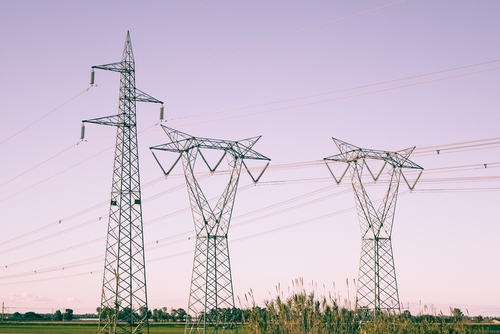
Pennsylvania remained the top electricity export state while relative carbon emissions from electricity generation continued its long-term decline, according to a Feb. 3 research brief released by the Independent Fiscal Office (IFO).
The Pennsylvania Electricity Update displays recent Pennsylvania and regional electricity market trends through 2024 utilizing data from the U.S. Energy Information Administration (EIA), and the report examines recent trends in net generation, net exports, CO2 emissions, and prices.
For example, the IFO compared net electricity generation and consumption for Pennsylvania and other states that are part of the grid managed by PJM Interconnection, the regional transmission organization that oversees the movement of electricity in Pennsylvania and all or parts of 12 other states and Washington, D.C.
From 2019 to 2024, net generation in Pennsylvania increased by 5.5 percent, “notably higher than the other PJM states,” according to the IFO report.
In 2024, Pennsylvania produced 18 percent of total net generation for the PJM region. Only Ohio recorded stronger generation growth, but the state is a net importer of electricity, the IFO said.
Conversely, Pennsylvania electricity consumption growth (-3.0 percent) lagged most other PJM states, though overall, power consumption and generation in PJM states increased at roughly the same rate during the five-year period.
Consumption growth was largely driven by Virginia, which has a large concentration of electricity-hungry data centers, the IFO said, noting that “many analysts point to these centers and the increasing prevalence of artificial intelligence (AI) as drivers of significant electricity demand in the near term.”
In fact, the IFO report says that PJM’s latest load forecast points to the proliferation of data centers, electrification of buildings and vehicles, and manufacturing as the main drivers for its estimated increased peak summer demand through 2035, and increased peak winter demand.
The IFO also reported that Pennsylvania in 2024 exported an estimated 87 million megawatt-hours (MWh) of electricity, nearly double the second-highest export state. Net exports from Pennsylvania increased by 24 percent from 2019 to 2024, while for other PJM states, total net exports were -155 million MWh in 2024 and total import demand increased by 7 percent since 2019.
The IFO report also says that the fuel sources used during 2024 for Pennsylvania net generation were: natural gas (60 percent), nuclear (31 percent), coal (5 percent) and other sources (4 percent, mostly renewables).
“These shares represent a record high for natural gas and record lows for coal and nuclear,” according to the IFO, which compared available data since 1990.
The generation mix for Pennsylvania from 2014 to 2024 based on EIA data through November 2024 showed that generation from nuclear power decreased modestly while coal generation was wholly replaced by natural gas, according to the IFO report.
“There was an uptick in other renewables for 2024, due entirely to solar generation, which increased by 48 percent from the prior year,” said the report. “Although it represents a very small share of total generation (1.0 percent in 2024), solar is the only source outside of natural gas to record a significant relative increase in share over the last five years.”
Likewise, average residential retail electricity prices for Pennsylvania and other PJM states spiked from 2019 to 2024, with the uptick in prices from 2021 to 2023 likely due in part to the nationwide surge in natural gas prices, reports the IFO.
“The increase was larger in Pennsylvania because of its heavier reliance on natural gas as a fuel source (60 percent in PA vs. 40 percent in other PJM states),” the report says. “Another factor that could impact electricity prices in Pennsylvania is the compliance cost of electricity suppliers related to the Alternative Energy Portfolio Standards (AEPS) Act.
Regarding carbon emissions, the IFO estimates that for 2024, emissions totaled 70 million metric tons, nearly the same as the prior year and a decrease of 9 percent from 2019.
The data also show that Pennsylvania’s emissions per unit for 2024 (0.29 tons per MWh) was notably lower than the average rate for the PJM region (0.38) because other PJM states use coal for a much higher share of generation, according to the IFO report.